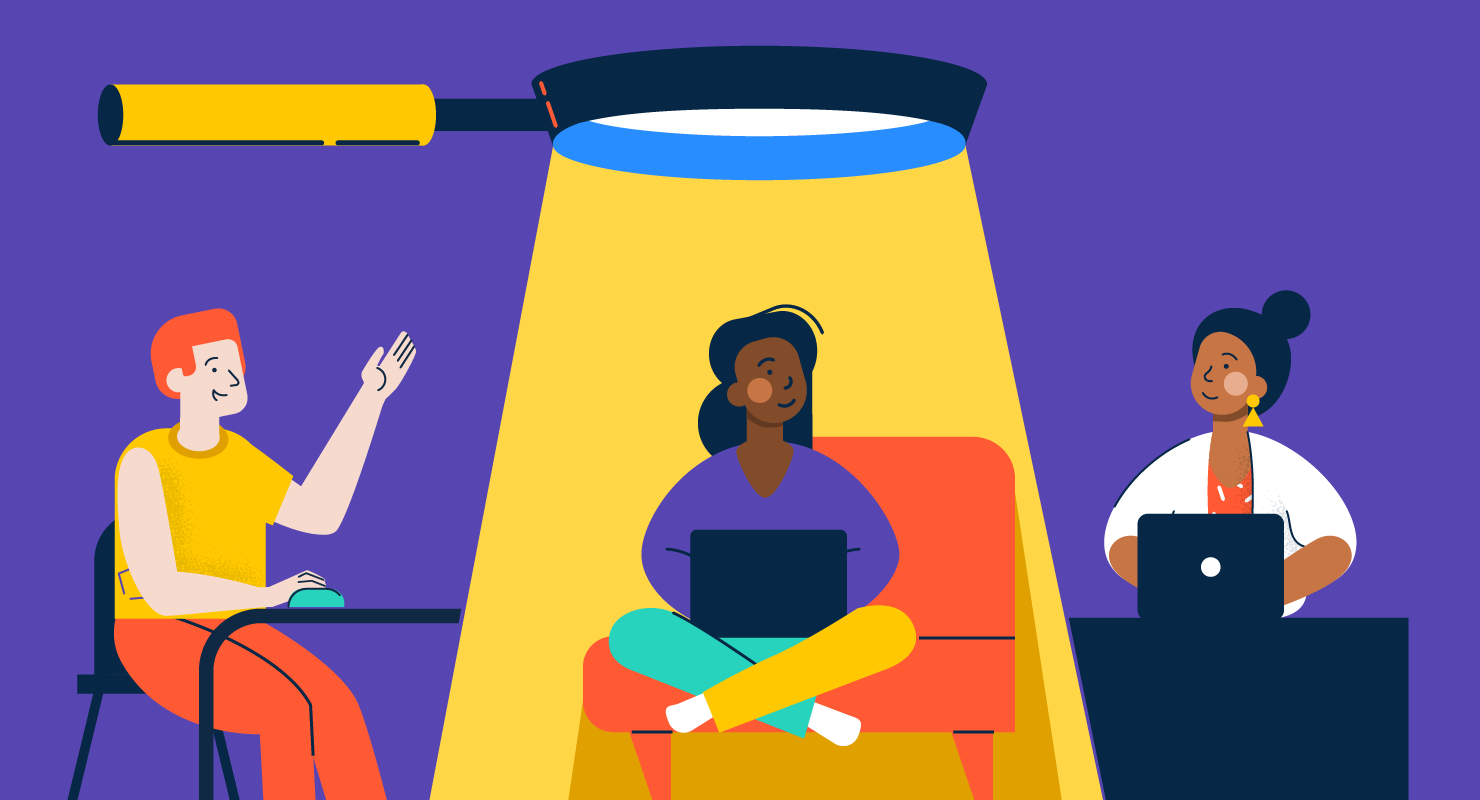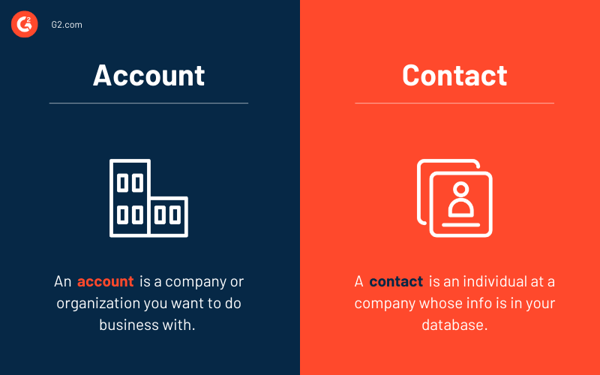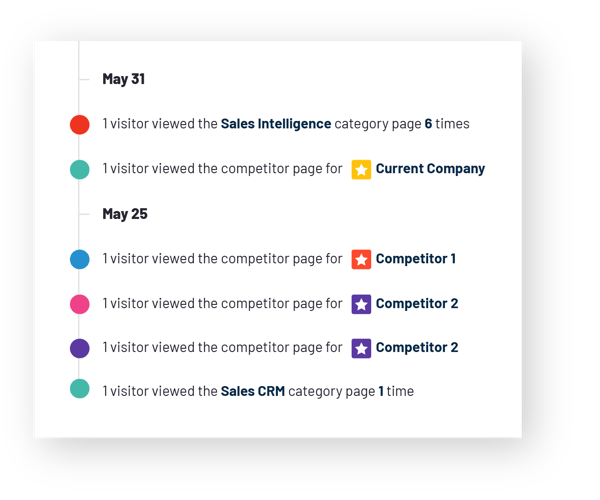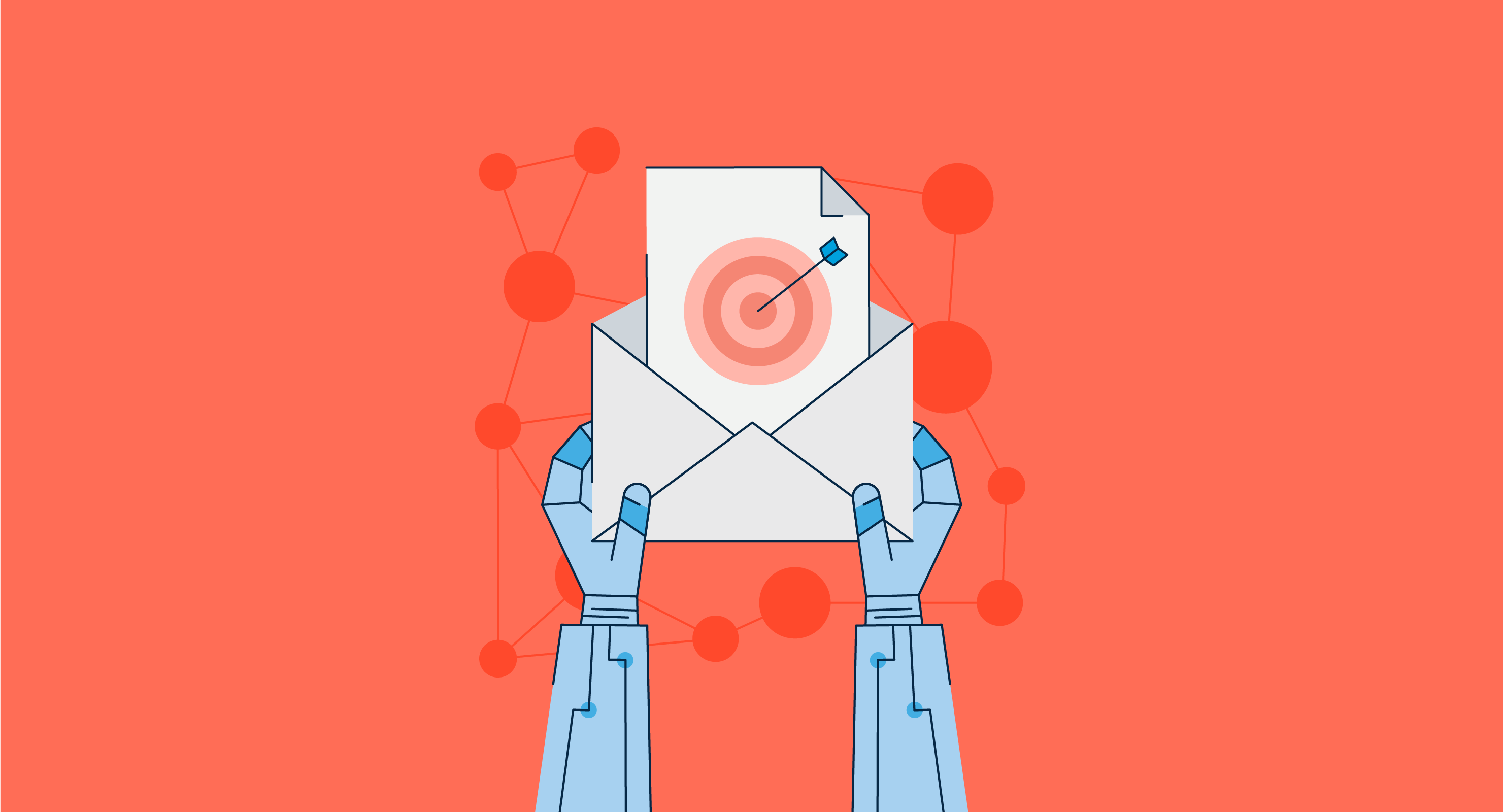The Buyer Intent Playbook: How to Make the Most of Intent Data
Quick - jot down everything you know about your prospective buyers.

Imagine if you asked for someone’s address, and they simply responded, “Chicago”.
That’s not very helpful, is it? Chicago spans 234 square miles with a population of more than 2.7 million people. Sure, you might eventually find the address, but only after you unnecessarily wander the city trying to find the right person.
Tracking down prime contacts within an account can feel a lot like knocking on random doors in a big city. Luckily, implementing an intent data marketing strategy can help you cut through the noise and connect with key decision-makers.
Ready to turn your account-level data into actionable, useful contact information? Learn how intent data supports revenue teams and helps craft a winning content strategy to guide buyers down the funnel.
Intent data marketing is a strategy that focuses outreach efforts on accounts that are in the market to buy a specific product based on information derived from your buyer intent data provider.
Buyer intent data provides critical insights to support every department’s initiatives. The goal is to implement intent data marketing tactics into every revenue-focused teams’ strategy to make the sales cycle more efficient and drive revenue growth.
Intent data is essential for marketing and sales teams looking to reach in-market B2B buyers at the right time with highly personalized and relevant messaging. It helps take the guesswork out of understanding the buyer’s journey and intent.
Buyer intent data helps revenue teams:
Intent data marketing helps companies connect with in-market accounts, educate buyers on the product, and in turn, promotes loyalty and prevents churn. But to do this, you must learn how to take account-level intent data and turn it into actionable contact information.
Tip: Shopping for intent data vendors? Sell more, more often, with the most powerful intent data on the market. Learn more about G2 Buyer Intent.
First, let’s dissect the core difference between two words often used interchangeably: accounts and contacts.
An account is a company or organization you want to sell your product or services to. Account-level data may uncover information like company name, industry, and geographic location.
A contact refers to an individual or individuals at a company whose contact information is in your database. Sourcing contact-level data is important because it provides critical information, including names, job titles, phone numbers, and email addresses.
It’s common to have multiple contacts on a single account. This makes sense, considering that the average B2B purchase decision involves 6.8 people. Since contacts are generally decision-makers or influential within their organization, it’s important to tailor email marketing campaigns that speak to their specific needs.

G2 Buyer Intent aggregates real-time data to show you which accounts are researching software solutions. You can see which companies are actively viewing and comparing your G2 profile, making it easy for you to nail your outreach and nurture campaigns.
Below are the five types of G2 Intent Signals:
Once you’ve identified these in-market accounts, you must pinpoint the right contacts at the company. From there, you can begin crafting a targeted, personalized content strategy to seamlessly move potential buyers down the funnel and ultimately seal the deal.
 G2 Buyer Intent Activity
G2 Buyer Intent Activity
Not only can you use buyer intent to identify in-market accounts, but you can continue to leverage your B2B intent data as you build relationships with contacts and guide them through the funnel.
Let’s say your G2 intent data shows that a user who works at Big Box, one of your target prospects, viewed your profile and visited your software category page. This is account-level data.
Your marketing team retargets this account with relevant gated content. The user fills out a form to access the content, providing you with the full name, job title, email address, and phone number of someone at Big Box. This account-level data is now contact-level data.
Intent data marketing tactics are most effective when paired with high-value content. That’s why you need to know how to craft a winning content marketing strategy based on your G2 Buyer Intent so you can transform account-level data into useful contact information.
.png?width=600&name=blog-turning-accounts-into-contacts-infographic%20-01%20(1).png)
In this phase, the buyer has identified their issue and is actively researching solutions. The goal is to connect with your ideal buyer and provide educational content that answers their questions about your solution.
Traditionally, top-of-the-funnel (TOFU) marketing efforts are focused on prospecting and lead scoring. However, intent data gives you the power to skip the lead generation process and engage directly with buyers who actively show purchase intent.
G2 intent signals to look out for:
Tip: Buyers at this phase are in research mode. Your content should answer “how can I solve my problem?” and “what is the solution?”.
Many companies leverage account-based marketing (ABM) platforms to retarget these in-market accounts. You can even use G2 Buyer Intent's ABM integrations to seamlessly deliver relevant, timely ads to high-priority accounts.
Connect with these accounts and share your product’s value, so you can identify which ones are a good fit for your product. The buyer is looking for answers, and their content consumption habits will help them down the funnel.
Content to use at this stage:
Imagine your product is a customer relationship management (CRM) platform. You can use the following content types for demand generation to educate and engage in-market accounts identified by intent data:
Once you connect with the contact and capture their attention, focus on building a meaningful relationship and solid customer profile. The goal at this stage is to demonstrate how your product aligns with the buyer’s unique needs.
You know what the buyer wants, so explain how your product can solve their specific challenges. Gather social proof to help support the idea that your solution is the best solution. Remember, the buyer is still shopping and learning.
G2 intent signals to look out for:
Tip: Buyers at this stage are evaluating their options. Your content should answer “how does your product work?” and “how will it benefit me?”.
Since the buyer is looking for the right solution and evaluating options at this phase, you must work to nurture them and build trust. As you learn more about the buyer’s needs, you can start creating content for retargeting campaigns.
This content should be gated, requiring the user to provide contact information in exchange for access to the content. Gating this content will help you identify specific contacts within the account to help you personalize your outreach accordingly.
Content to use at this stage:
Now that you’ve sourced contact-level data, it’s time to show the buyer that your product is the right solution for them. You could use the following content types to support this messaging:
The buyer has shortlisted their options and is now ready to make a decision. Important factors that may influence their decision at this stage include pricing, features, and perceived value. Address your contact’s pain points, keeping in mind that if multiple decision-makers are involved, you’ll need to speak to each of their needs.
Make sure your sales team is prepared to handle objections and showcase how you differ from your competitors. This means you need to be in tune with the buyer’s specific needs so you can add as much value as possible to help close the deal.
G2 intent signals to look out for:
Tip: Buyers at this stage are looking to make a decision. Your content should answer “why is your solution better than the others?” and “what else can you offer?”.
Continue to build a relationship with your contacts and guide them down the funnel with highly personalized content. The goal at this phase is to help the buyer make a confident purchase decision.
Content to use at this stage:
As a top contender for the buyer, it’s time to focus on the key differentiators that make your product stand out from the rest. The following content types can help solidify the buyer’s decision:
Retention is now more important than ever. Just because you close a deal doesn’t mean you’ll stop nurturing the account. In fact, existing customers are 50% more likely to try new products and spend 31% more than new customers.
Focus on fostering relationships and engaging with key account contacts and stakeholders in this phase.
G2 intent signals to look out for:
Tip: Even existing customers need to know the value of your product. Your content should answer questions like “how else can you help me?” and “why should I continue using your solution?”.
Leverage your intent data to create personalized, relevant content that speaks directly to your customers’ ongoing needs. Strong relationships encourage brand loyalty, which can help stop customer churn.
Content to use at this stage:
Continue to nurture the account post-sale with added value whenever possible. You can actively engage and support existing customers with the following content:
Intent data doesn’t just direct you to the right place – it puts you right on the doorstep of the people you want to connect with.
Every marketer and salesperson should be equipped with the right tools to successfully and efficiently turn account-level demographics into B2B sales contacts. That’s why intent data is a no-brainer for companies looking to identify in-market buyers and craft the right type of content at each phase of the funnel.
Knowing how to leverage your third-party intent data to craft personalized content is key. Otherwise, you’ll wind up wandering the streets of a big city with little direction.
Dish out relevant, timely ads to the accounts that matter most. Bring G2 Buyer Intent data into your ABM platform today.
This article was originally published in 2021. It has been updated with new information.
 ABM, powered by G2.
ABM, powered by G2.
Activate any of our ABM integrations and dish out timely ads to the accounts that matter most using G2 Buyer Intent.
Brittany K. King is a former Content Marketing Manager at G2. She received her BA in English Language & Literature with a concentration in Writing from Pace University. Brittany’s expertise is in supporting G2 products and sellers, focusing specifically on Buyer Intent data and Review Generation. After 5pm, you can find Brittany listening to her extensive record collection, hanging with her dog and cats, or booking her next vacation.
 ABM, powered by G2.
ABM, powered by G2.
Activate any of our ABM integrations and dish out timely ads to the accounts that matter most using G2 Buyer Intent.
Quick - jot down everything you know about your prospective buyers.
Congrats, you won a new customer! Don’t breathe a sigh of relief just yet.
Fact or myth: Great products don’t need marketing.
